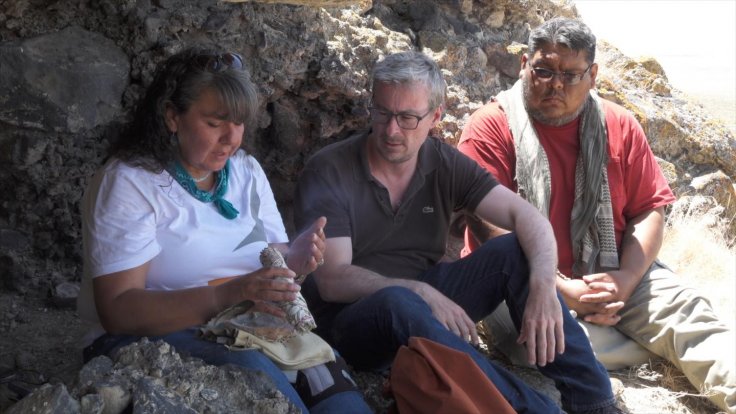
Ancient DNA sequencing technology has unveiled the origin of world's oldest natural mummy, which was found almost 80-years-ago in the Great Basin Desert in northwest Nevada. As per the scientists, this 10700-year-old skeleton was a Native American.
When a research team, led by professor in ecology and evolution at the University of Cambridge, Eske Willerslev, was tracing the migrations of ancient humans through north and south America, they found that the mummy, known as "Spirit Cave mummy", is an ancient ancestor of the Fallon Paiute-Shoshone tribe, which is a recognized tribe from Northern Paiute and Western Shoshone Indians in Churchill County, Nevada.
The mummy was first discovered in 1940 by Sydney and George Wheeler in a dry cave in Nevada. Further research revealed that the mummy was a 40-year-old male at the time of death. When the researched found it, the skeleton was wrapped in a blanket and matting made of reeds while his head was completely intact. The dry atmosphere was perfect for the preservation of the remains. Later, the mummy was moved to the Nevada State Museum.
In 1996, the radiocarbon dating revealed the age of the skeleton and researchers came to know that the remains of the deceased were almost 9400-year-old and that made him the oldest mummy in North America.

In 2016, Willerslev conducted a genetic analysis of the remains and found that the mummy was related to Native Americans and the skeleton was handed over to the tribes as they previously made a claim to repatriate the bones.
"I assured the tribe that my group would not do the DNA testing unless they gave permission and it was agreed that if Spirit Cave was genetically a Native American the mummy would be repatriated to the tribe," said Willeslev.
The DNA analysis of human skeletons, aged between, 600 and 12,000 years, showed that the most advanced species of earth moved across America almost 13,000-years-ago, during Ice Age. Further comparison of DNA profiles also helped the ancient history to restructure the migration puzzle of humans.
However, a second study, which was published on Tuesday, November 6 included genetic changes over the last 11,000, while revealing the genetic relationships between the oldest remains in Chilean Patagonia, samples from Lagoa Santa in Brazil and those found in Montana from similar time periods from the same time period.
"Our study proves that Spirit Cave and Lagoa Santa were actually genetically closer to contemporary Native Americans than to any other ancient or contemporary group sequenced to date," said Willeslev.
In addition, Dr David Meltzer, from the Department of Anthropology, Southern Methodist University, Dallas also stated, "A striking thing about the analysis of Spirit Cave and Lagoa Santa is their close genetic similarity which implies their ancestral population travelled through the continent at astonishing speed. That's something we've suspected due to the archaeological findings, but it's fascinating to have it confirmed by the genetics."
These findings imply that the first peoples were highly skilled at moving rapidly across an utterly unfamiliar and empty landscape. They had a whole continent to themselves and they were travelling great distances at breath-taking speed," he said.








